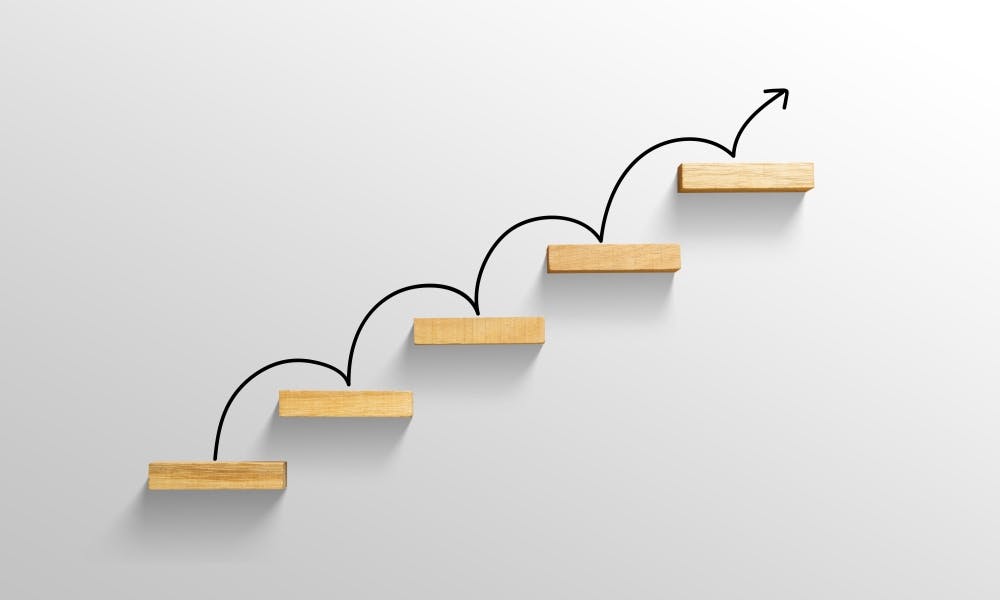We often think of accessibility as a destination – you put in the work, and then it's done! Unfortunately, the reality is that maintaining accessibility is a journey of continuous improvement. Even sites and applications that start strong can see their accessibility degrade over time. Here's why:
-
The Content Avalanche: Websites and apps constantly add new content. This new material can easily introduce accessibility problems if creators aren't mindful. Images without alt text, videos without captions, and complex layouts without clear headings all hinder accessibility that was once in place.
-
The Rush of New Features: Exciting new features often get prioritized over accessibility. If developers aren't careful, these updates can create new barriers for people with disabilities. Fancy animations might cause issues for those with vestibular disorders, or a cutting-edge UI element might not work with screen readers.
-
Outdated Accessibility Standards: Accessibility isn't static. The guidelines from WCAG (Web Content Accessibility Guidelines) evolve as technology and our understanding of disabilities change. A site that was perfectly accessible a few years ago could become non-compliant as standards update.
-
Lack of Ongoing Maintenance: Sometimes, accessibility is a "check the box" exercise. Once a site or application initially passes accessibility tests, there might not be processes in place to ensure it stays accessible.
-
Shifting Technologies: The web is in constant flux. New coding languages, libraries, and frameworks emerge regularly. Each of these shifts has the potential to break existing accessibility features if not thoroughly tested.
What Can We Do?
- Accessibility as a Mindset: It needs to be ingrained in every developer, designer, and content creator from the start of projects, not an afterthought.
- Regular Audits: Schedule accessibility checks as frequently as code updates or content changes.
- User Testing: Include users with disabilities throughout the development process to catch issues early.
- Stay Updated: Keep up with evolving accessibility standards and new assistive technology trends.
The evolution of technology and accessibility standards is a positive sign. It shows progress in our understanding of how to create truly inclusive experiences. And by integrating accessibility practices into every aspect of our digital content creation and development, we can ensure that our websites and products remain inclusive for all.
